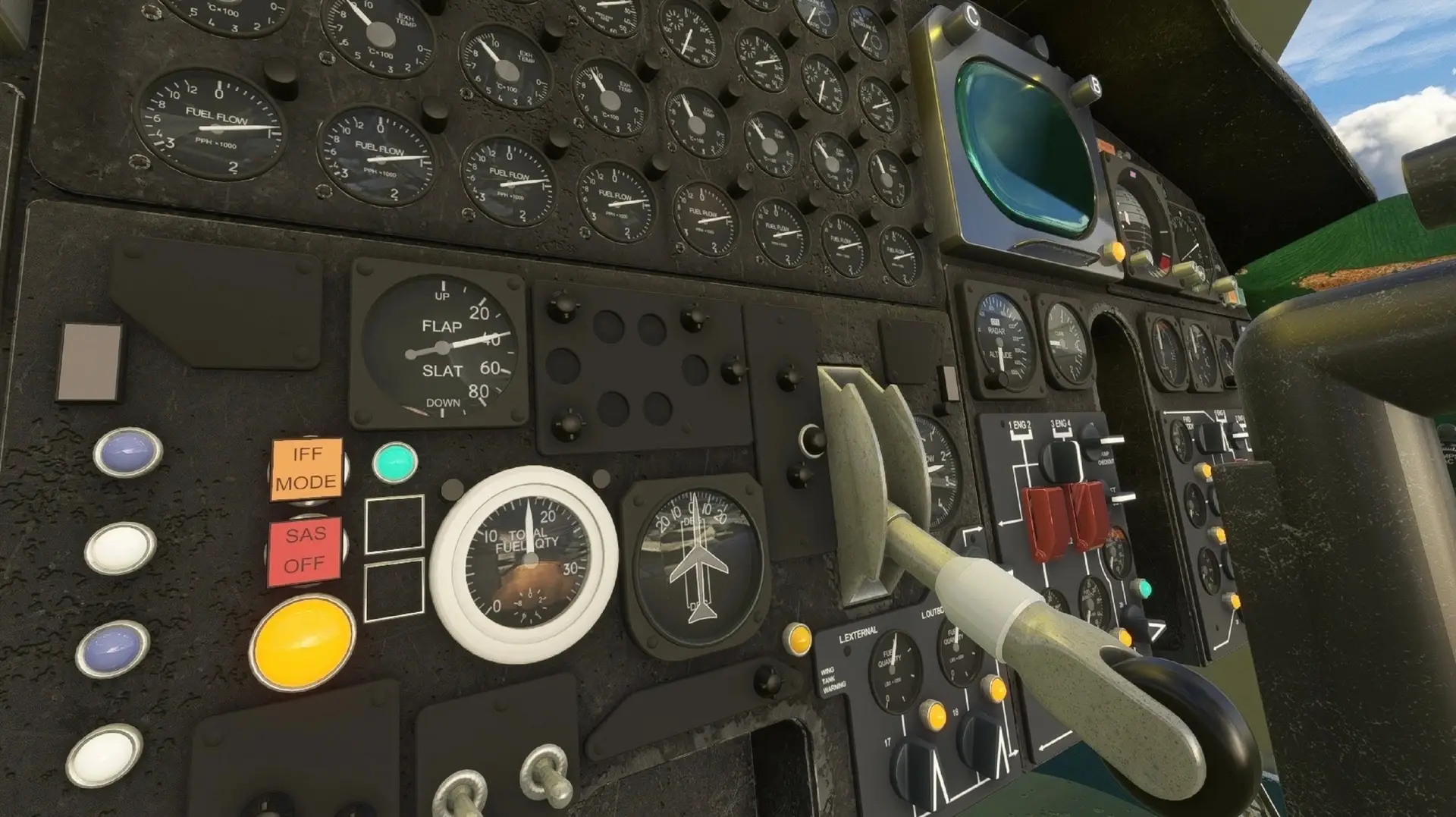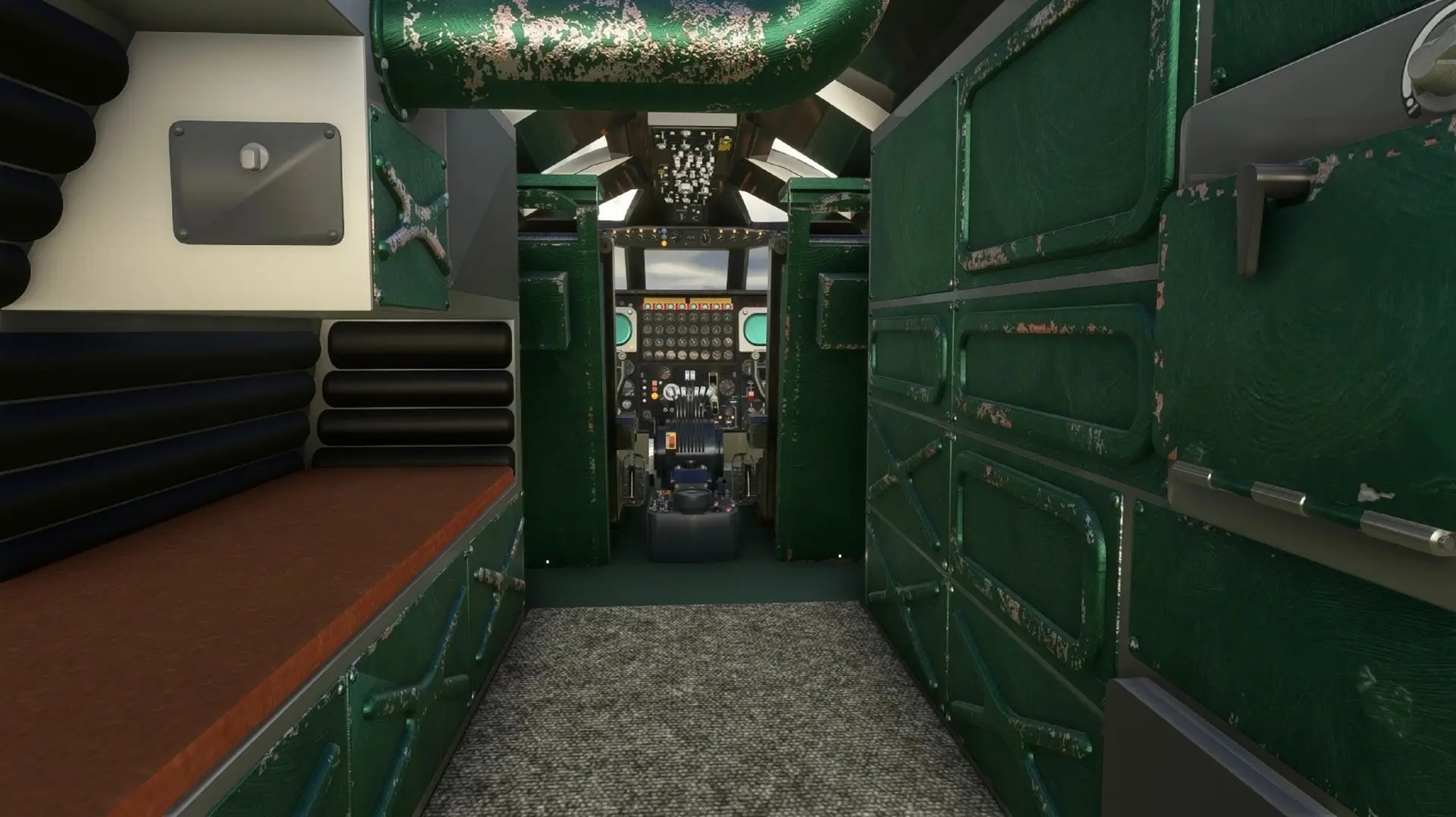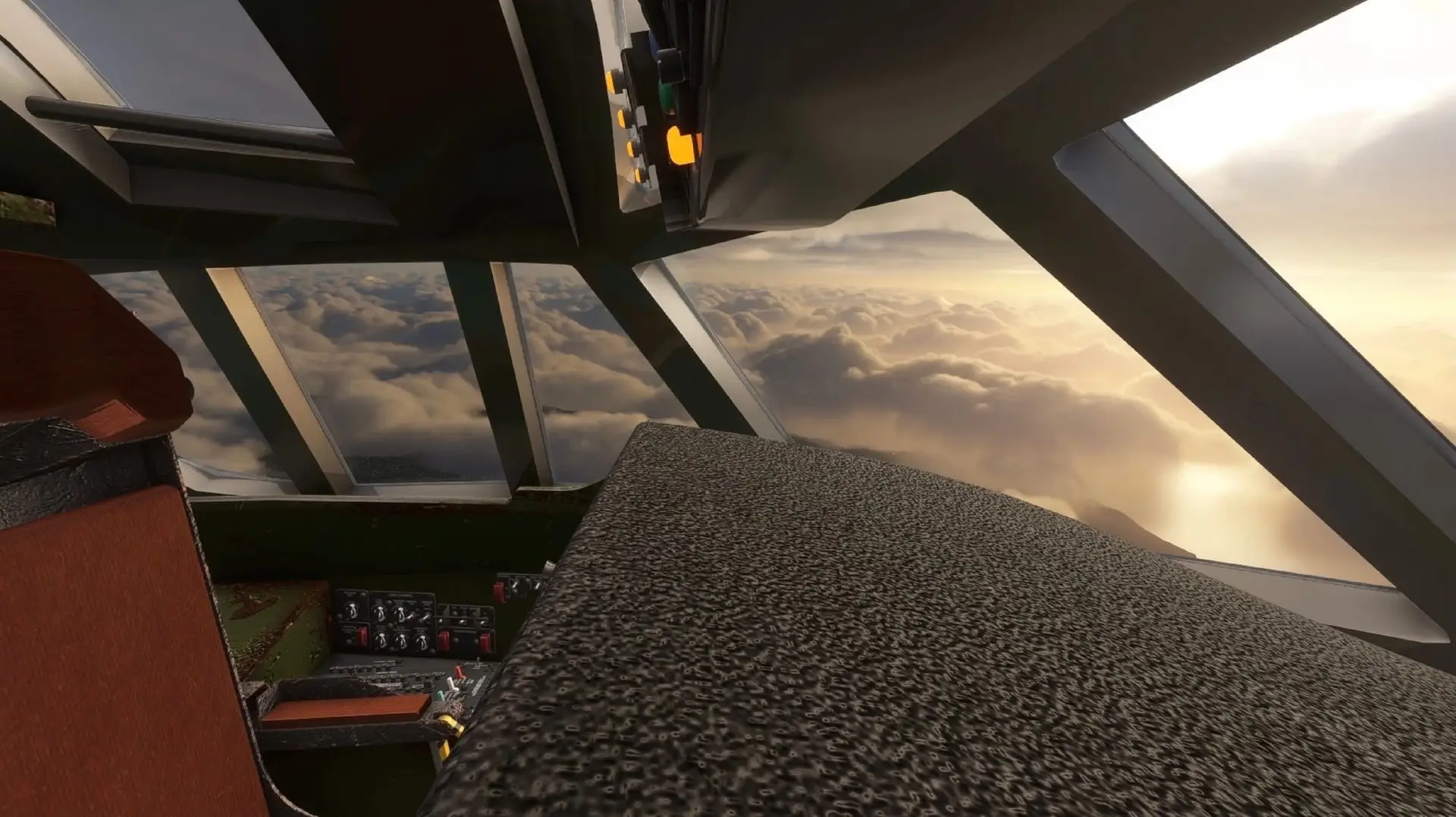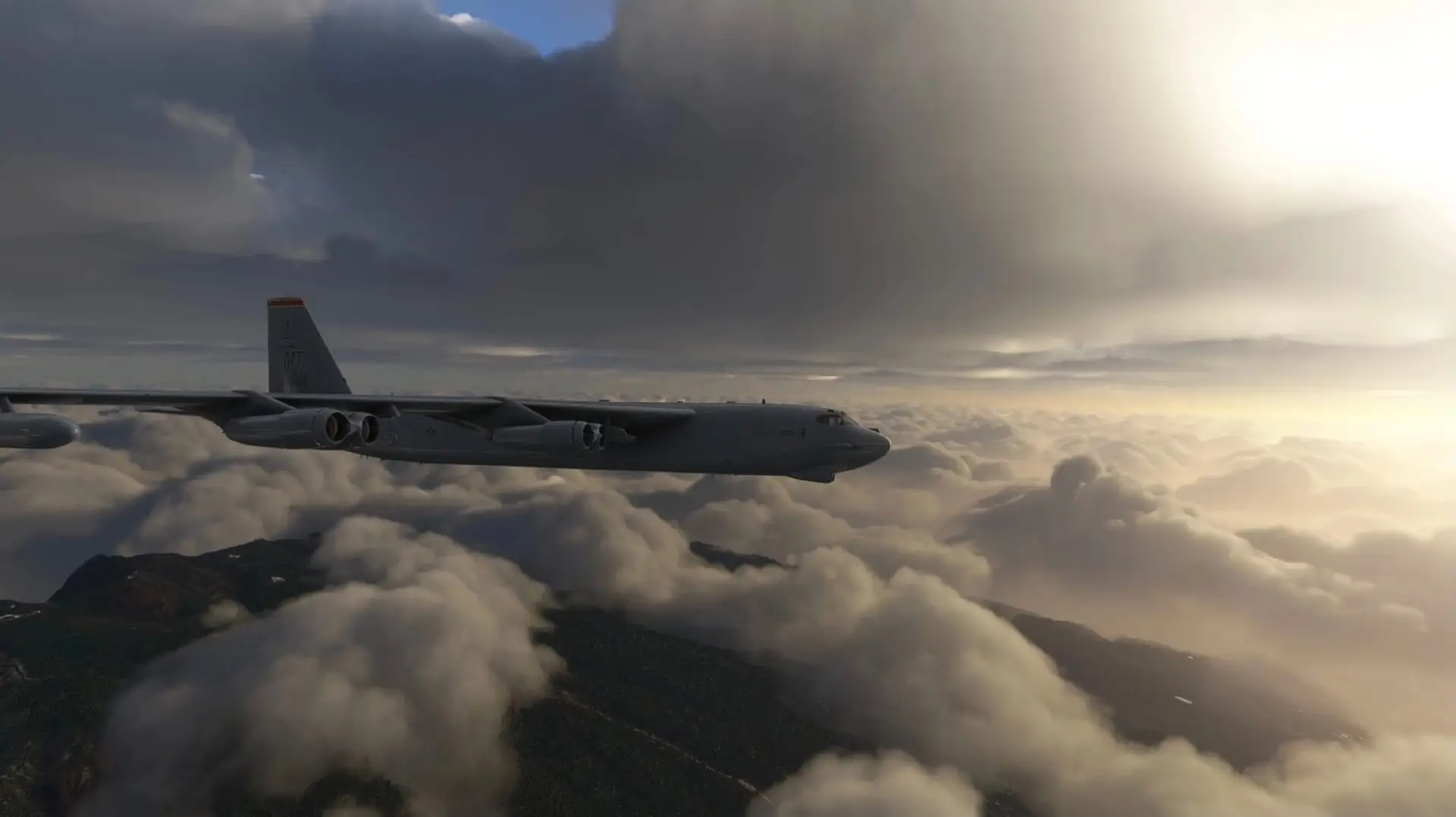The B-52 Stratofortress is an American 8-engine strategic bomber developed and produced by aviation manufacturer Boeing and operated exclusively by the United States Air Force. The jet, the prototype of which took its maiden flight on April 15, 1952, has proven to be one of the most enduring aircraft in aviation history. Introduced in 1955, the B-52 has operated continuously for nearly 70 years, and with planned upgrades, the Stratofortress will likely see a century of flight.
The B-52 evolved out of the strategic outlook of the United States in the wake of World War II forged by the advent of the nuclear weapon. The Air Force’s Strategic Air Command needed a platform that could deliver a devastating blow to an enemy target thousands of miles distant. A number of initial concepts emerged, but the aircraft that would become a legend arrived after a flurry of last-minute design work. The B-52’s form resembled that of Boeing’s recently fielded B-47 Stratojet, a 6-engine, swept-wing, high-altitude long-range bomber. The larger B-52 could carry nearly three times the payload of the Stratojet more than four times the range.
Operationally, the B-52 has proven a champion of versatility. It initially flew “alert” missions, loaded with live nuclear weapon ready to attack targets within the Soviet Union, making it a main pillar of American Cold War operations. It was later adapted to deliver large numbers of conventional gravity (unguided) bombs, cruise missiles, and other munitions, including air-dropped mines. It was then adapted to carry precision guided munitions, including GPS-assisted bombs and laser guided bombs. The United States employed the B-52 heavily during the Vietnam War and during the Gulf War. It was also used in Afghanistan during Operation Enduring Freedom. Apart from its prowess as a high-altitude, long-range bomber, the B-52 has proven to be a highly capable low-altitude penetration aircraft that can “hug” terrain during missions.
The B-52 is piloted by two and has a total crew of five. It stands 40 feet, 8 inches tall, measures 159 feet, 4 inches in length, and has a wingspan of 185 feet. The wing is highly swept and comprises distinctive, large flaps for launch and landing. It is powered by eight wing-mounted Pratt & Whitney TF33 turbofan engines that each produce up to 17,000 pounds of thrust. The engines are mounted in four pods, two engines per pod, with each pod hung beneath the main wing. The B-52 has a service ceiling of 50,000 feet above sea level, a climb rate of 6,270 feet per minute, and a range of up to 10,000 miles (extendable through in-flight refueling). The Stratofortress cruises at 509 miles per hour and it has a top speed of 650 mph.



